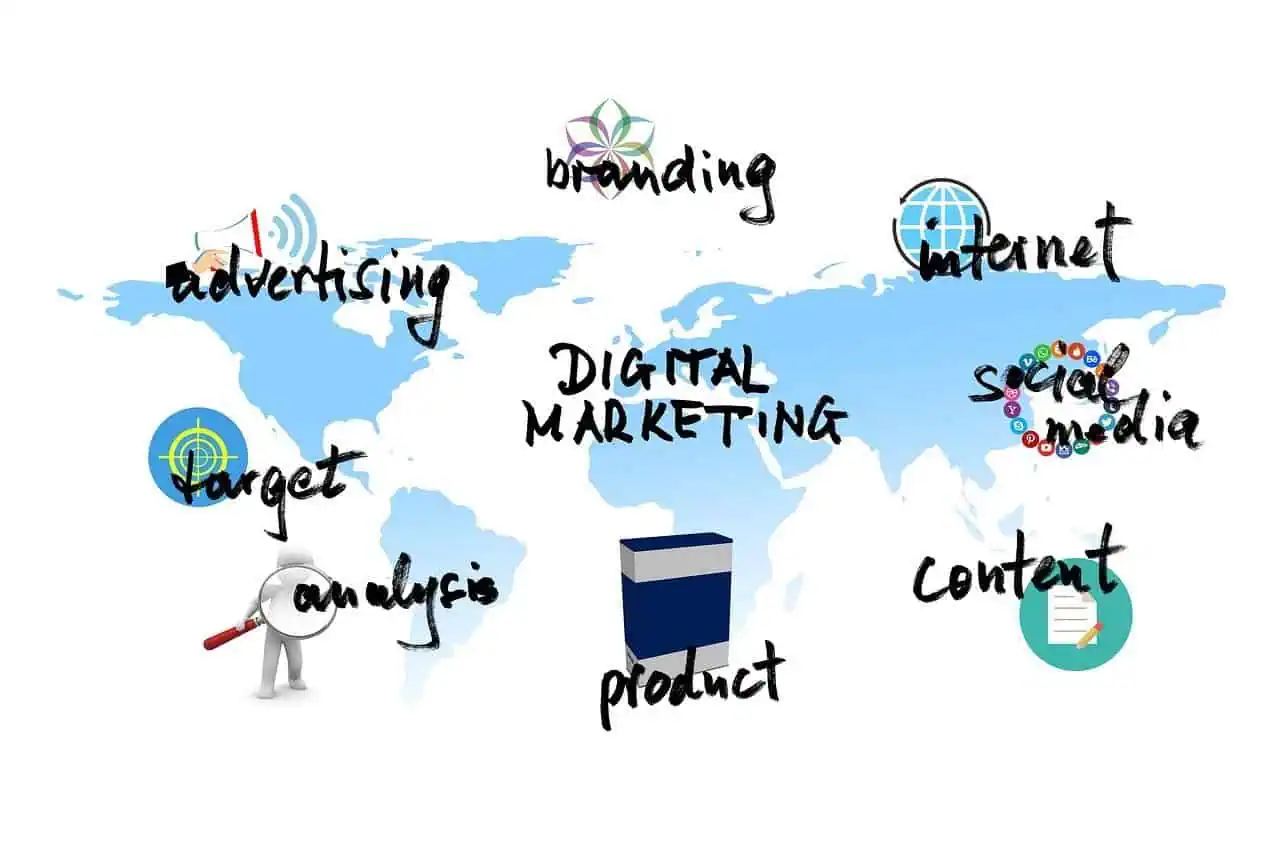You’ve got something to sell—or share—and now it’s time to get it in front of the right people. But how do you do that online, without spending half your month’s income or getting tangled in tools you’ve never heard of?
Launching a digital marketing campaign sounds complex, but at its core, it’s just a structured way to tell your audience: “Here’s what I’m offering, and here’s why it matters to you.” If you can do that clearly and consistently, you’re halfway there.
Start With One Simple Goal
A common trap? Trying to achieve everything at once: more followers, more customers, more buzz. But spreading yourself thin doesn’t get better results—it just gets you overwhelmed.
Instead, pick one goal. Just one.
Maybe you want to:
- Get bookings for a workshop
- Sell out a product launch
- Build your mailing list
- Raise awareness around a new service
Be specific. “More customers” is too vague. “Ten new bookings this month” gives you something to measure and aim for.
Some campaigns work best when there’s an interactive element—especially if you’re trying to grow your audience quickly. That’s where a digital raffle can come in handy. For example, Real Raffle provides a streamlined approach to running online giveaways that collect email addresses and foster social engagement in a GDPR-compliant setup. It’s worth exploring if you want something with a viral edge but don’t have time (or budget) for complex tech setups.
Think About Where You’ll Run It
When you’re starting a business, you don’t need to be on every platform—just the right one. If your clients are mostly professionals or decision-makers, LinkedIn might be a good fit. If you’re in beauty, wellbeing, or interiors, Instagram usually performs better. Pinterest can be a powerful platform for visually led brands, especially those targeting women in the 30–50 age range.
Facebook groups still hold value, particularly if you’re offering community, support, or advice-based services. And don’t forget email—it may not feel flashy, but it often delivers the highest returns.
Choose a platform your audience already uses. Don’t waste energy shouting in an empty room.
Know Who You’re Speaking To
Think of one person, not a crowd. That one person who would absolutely love what you do, if only they knew about it.
What’s going on in their life? What would make them stop scrolling? What might nudge them from “that looks interesting” to “I’m in”?
When you write content for your campaign—emails, ads, captions, even the landing page—imagine talking directly to them. Use words they’d understand. Speak like you would in real life. No stiff sentences. No, trying to sound like a corporation if you’re not one.
If you’ve been in business for a while, go through your reviews or feedback. What words do your customers use? Mirror that language in your campaign—it makes your message easier to trust.
Map the Journey (Not Just the Message)
A campaign isn’t one moment—it’s a series of touchpoints. Someone sees a post, clicks a link, signs up, reads a follow-up email, thinks about it, comes back, buys, and maybe even tells a friend.
So, plan the whole path, not just the first step. Start by answering:
- How will they first hear about this?
- What’s the next step?
- What happens if they click but don’t buy?
- How will you keep the connection going?
Make Content That’s Honest and Useful
Forget clever copy. Go for clarity. Tell people exactly what they’ll get, how it helps them, and what they need to do next.
Avoid big marketing phrases like “life-changing” or “limited-time breakthrough.” Use your own words. If your tone is more down-to-earth or warm, lean into that.
Real stories or customer quotes go a long way, too, especially when you’re speaking to women who value community and authenticity over flash.
Budget Small, Track Smart
You don’t need a huge spend to run a meaningful campaign. You do need to keep an eye on what’s working.
Set a small budget for things like Facebook or Instagram ads and a bit of design help, if needed. Then watch how it performs. Are people clicking through? Are they signing up but not converting? Do they drop off at a certain point?
Make small tweaks as you go—simplify the call to action, change a subject line, switch out a photo. Real campaigns evolve. You don’t need to get it perfect from the start.
Follow Up—Don’t Just Fade Out
Many female small business owners do the hard part—getting attention—and then disappear. Don’t let your campaign end the moment you hit “send.”
If someone signs up or shows interest, they’re already halfway invested. Keep the conversation going.
Send a thank-you email. Share a little more about what you offer. Invite them to follow you, join a free workshop, or grab a low-cost offer. Not everyone buys immediately. But with a gentle follow-up, many will return when they’re ready.

